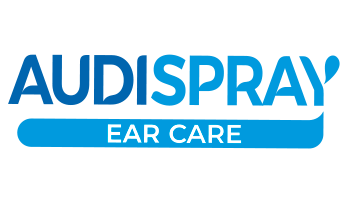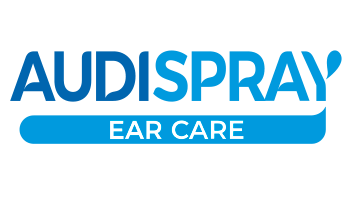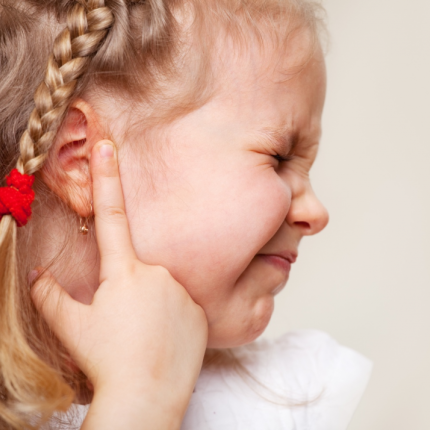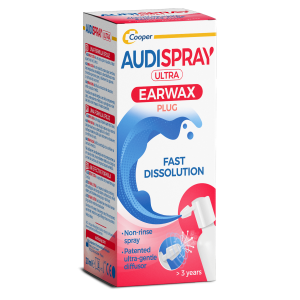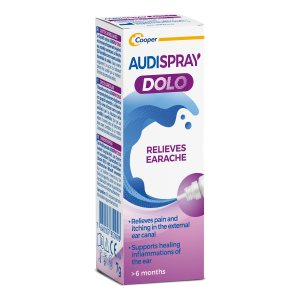Localised inflammation in the outer ear usually leads to oedema and severe earache. Beyond treating the cause, which is necessary to cure the inflammation, some solutions exist to relieve the swelling, pain and itching associated with the inflammatory reaction. Non-steroidal anti-inflammatory drugs, paracetamol and ear drops are an option. The analgesic, anaesthetic, antiseptic and/or anti-oedema properties can be considered in your choice of solution. Ask your doctor or pharmacist for advice.
Inflammation of the ear, specifically the outer ear canal, is often characterised by swelling, pain and itching. What solutions can you use to combat these symptoms?
Inflammation of the outer ear: definition and causes
What is inflammation of the outer ear?
Inflammation is an immune response to a local injury caused by chemical or physical agents or pathogenic germs.1 Several stages are common in the inflammatory reaction, including local tissue swelling. This swelling is one of the causes of the pain, as it compresses the local nerve endings.(2)
Localised inflammation in the ear, specifically in the external auditory canal (EAC), can be very painful due to the anatomy of the ear. The canal consists of smooth, dry skin adhering to the membrane that surrounds the bone, called the periosteum3. In the presence of inflammatory oedema, the EAC tissue will swell and stretch this membrane; unfortunately, it is extremely sensitive. The cylindrical shape of the EAC also plays a role in otalgia, since the tissues will touch and crush each other as they swell.
Itching, pain and swelling: why does my ear hurt?
What can cause inflammation of the outer ear?
Inflammation of the skin of the outer ear canal can be caused by a bacterial, mycotic or viral infection. While anatomical factors may cause the inflammation, it could be caused by behavioural aspects: inflammation could be caused by inappropriate action (unsuitable cleaning, use of irritant products, etc.) (4)
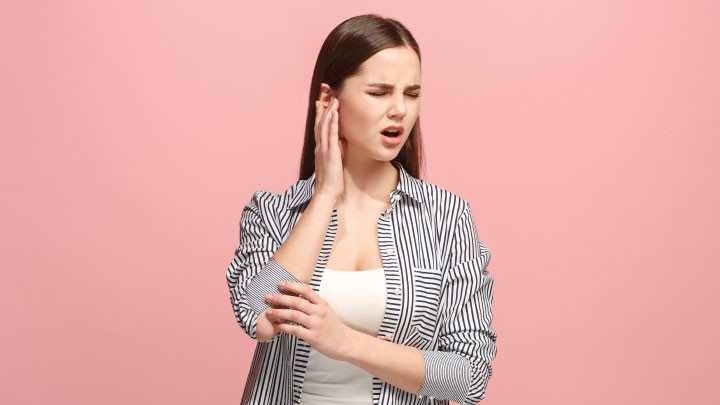
What solutions are possible for inflammation of the outer ear?
Ear disorders are diverse and varied: this is why defining the underlying cause of inflammation is necessary for treating it appropriately. However, as a first step, we can relieve earache , the swelling and itching in the external auditory canal. In fact, the chosen solution might even help the inflammation to heal.
Non-steroidal anti-inflammatory drugs (NSAIDs) are an option, at low doses, to relieve associated earache.5 Administered orally, their action is intended to reduce the intensity and duration of inflammation. However, be aware of the potential context of the infection: ask your pharmacist for advice.(6)
Taking paracetamol orally can also be considered: its action will not target the inflammation itself, but should contribute to the relief of the associated earache thanks to its analgesic properties.(7)
Finally, provided that the eardrum is not perforated and ideally on medical advice, the use of ear drops may be considered. For topical use, these products can have various properties useful for combatting inflammation of the outer ear: anti-inflammatory, antiseptic, anaesthetic... Their action is diverse. There are also ear solutions with anti-oedema properties, which will reduce the associated swelling by resorbing the water retained in the swollen tissue. Ask your pharmacist for advice.
Please note that, if no improvement is noted or the condition seems to worsen after 48 hours despite using a solution, consult your doctor.
How to prevent inflammation of the outer ear
- Preferably clean your ears without cotton buds or other objects designed to be inserted into the external ear canal: the risk of injury is high (8),
- Be careful about using shampoos, gels or soaps that come in contact with the ears,
- Dry your ears well if you are regularly exposed to water and moisture,
- Be vigilant when wearing headphones for extended periods of time,
- And finally, adopt regular ear hygiene with a suitable cleaning product.
Find out more: how do I clean my ears properly?
